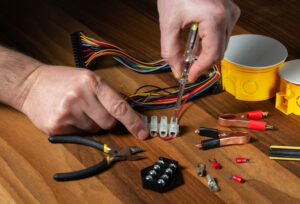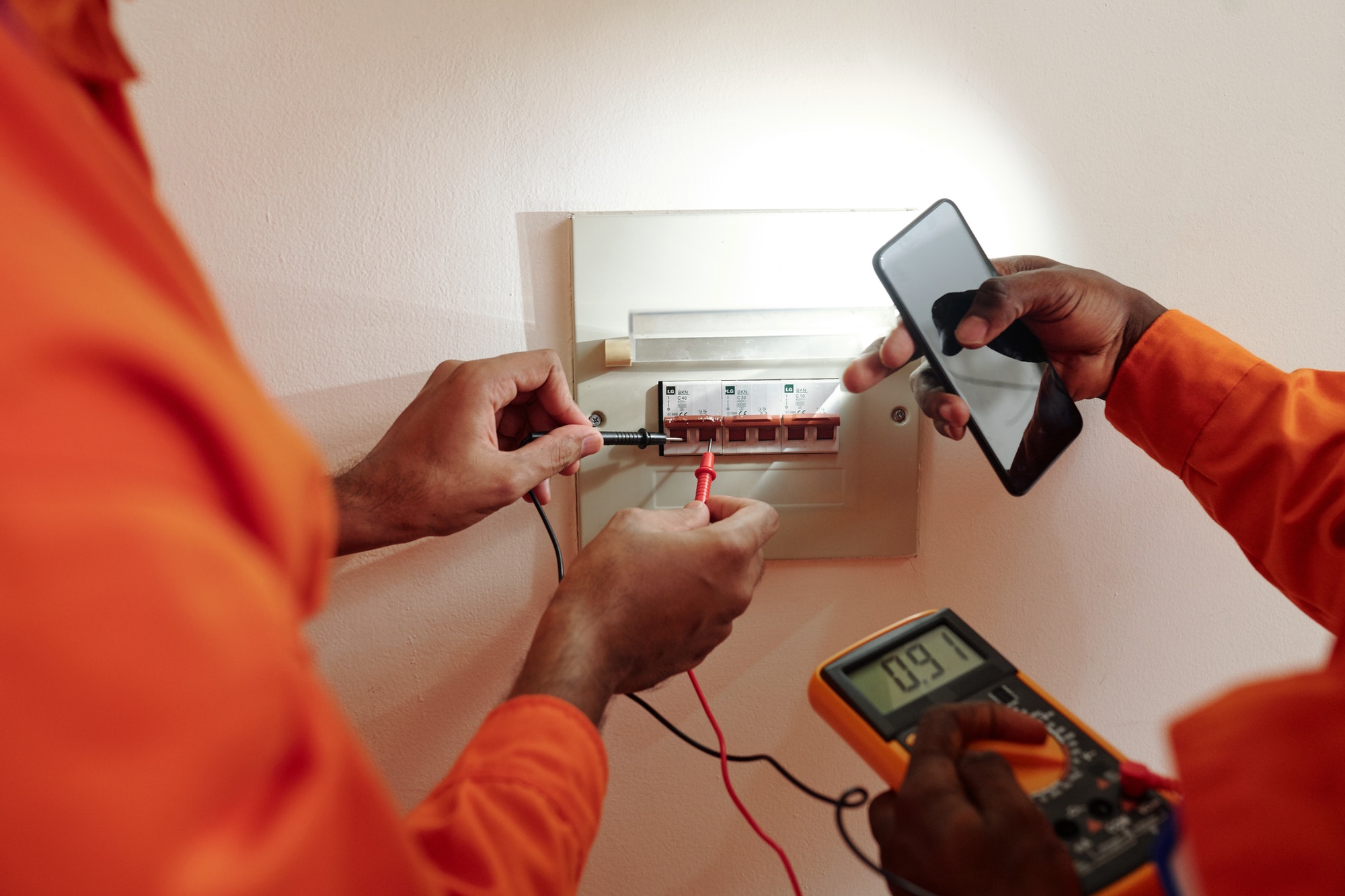Electrical safety is a critical aspect of managing commercial properties. Ensuring that electrical systems are safe and compliant with regulations not only protects the property and its occupants but also minimizes the risk of costly downtime and repairs. This blog post outlines best practices and guidelines for maintaining electrical safety in commercial properties.
Understanding Electrical Safety Requirements
In the UK, electrical safety in commercial properties is governed by several regulations, including:
- The Electricity at Work Regulations 1989: These regulations require that all electrical systems be maintained to prevent danger.
- BS 7671 (IET Wiring Regulations): This standard provides detailed requirements for electrical installations.
- Health and Safety at Work Act 1974: This act mandates that employers ensure the safety, health, and welfare of employees at work.
Best Practices for Electrical Safety
1. Regular Inspections and Testing
Conduct regular inspections and testing of electrical installations. An Electrical Installation Condition Report (EICR) should be carried out by a qualified electrician at least every five years, or more frequently if the property has high-risk installations.
Steps for Regular Inspections:
- Schedule periodic EICR inspections.
- Perform visual inspections for signs of wear and damage.
- Test safety devices like residual current devices (RCDs) and circuit breakers.
2. Qualified Professionals
Ensure that all electrical work is carried out by qualified and registered electricians. Hiring professionals who are members of recognized organizations like the National Inspection Council for Electrical Installation Contracting (NICEIC) or the Electrical Contractors’ Association (ECA) ensures that work meets the highest standards of safety.
3. Regular Maintenance
Implement a preventive maintenance program to keep electrical systems in good working condition. Regular maintenance helps identify potential issues before they become serious problems.
Components of Preventive Maintenance:
- Routine checks of wiring, outlets, and switches.
- Cleaning and servicing of electrical equipment.
- Replacing worn-out components.
Safety Systems and Equipment
1. Install Safety Devices
Equip your property with safety devices such as RCDs, surge protectors, and circuit breakers. These devices help protect against electrical faults and power surges that can cause fires or damage equipment.
Types of Safety Devices:
- RCDs: Protect against electric shocks by disconnecting the circuit if an imbalance is detected.
- Surge Protectors: Safeguard electrical equipment from voltage spikes.
- Circuit Breakers: Automatically shut down power in the event of an overload or short circuit.
2. Emergency Lighting
Ensure that emergency lighting systems are installed and maintained. Emergency lighting provides illumination in case of power outages, enabling safe evacuation of the premises.
Best Practices for Emergency Lighting:
- Regularly test and maintain emergency lights.
- Ensure that exit routes are clearly marked and illuminated.
- Conduct regular drills to ensure occupants are familiar with evacuation procedures.
Training and Awareness
1. Employee Training
Train employees on electrical safety practices. Ensure that everyone understands the risks associated with electricity and knows how to operate electrical equipment safely.
Key Training Topics:
- Identifying electrical hazards.
- Safe use of electrical equipment.
- Emergency procedures for electrical incidents.
2. Safety Signage
Place clear and visible safety signage around electrical installations and equipment. Signs should warn of potential hazards and provide instructions for safe operation.
Emergency Preparedness
1. Emergency Procedures
Develop and implement emergency procedures for electrical incidents. Ensure that all employees know how to respond to electrical fires, shocks, and other emergencies.
Components of Emergency Procedures:
- Immediate shutdown of power.
- Evacuation plans and routes.
- First aid for electrical injuries.
2. Regular Drills
Conduct regular emergency drills to ensure that everyone is familiar with the procedures and can act quickly in the event of an incident.
Conclusion
Ensuring electrical safety in commercial properties requires a proactive approach involving regular inspections, maintenance, and the use of qualified professionals. By implementing best practices and adhering to guidelines, property managers can protect their buildings and occupants from electrical hazards. Prioritizing electrical safety not only complies with legal requirements but also creates a safer, more reliable environment for business operations.






